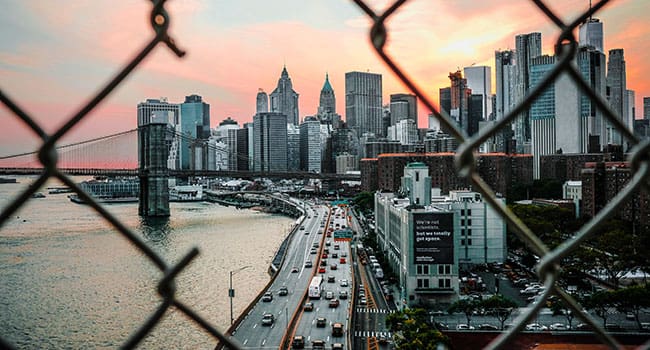 Urbanization may finally reach its peak as one of the most persistent economic trends in modern civilization reverses course.
Urbanization may finally reach its peak as one of the most persistent economic trends in modern civilization reverses course.
There are some gigantic cities in today’s world. Tokyo-Yokohama, with 37.8 million residents, is the world’s largest metropolitan area by population. But it’s not alone. The much faster growing Jakarta, Indonesia, has 30 million people, while Delhi, India, and Manila, Philippines, both have 24 million.
Perhaps the most remarkable urbanization movement in history is underway in China. Shanghai, China’s largest city, has seen its population explode to 23.4 million. Beijing is not far behind at 21 million. And there are thousands of smaller cities in China with populations that dwarf major cities in Canada.
China’s urbanization has been extraordinarily rapid. For centuries, China’s agricultural economy required massive amounts of manual labour and so 85 percent of China’s population lived in rural communities. Urbanization, which began in the late 1970s, jumped cities from 21 percent of total population in 1982 to 60 percent today.
If recent reports from China’s central planning bureau are true, local governments plan to develop 3,500 new urban areas to house three to four billion people within the next 40 years.
In a few hundred years, humanity has transformed from a largely rural to an overwhelmingly urban mode of living.
What has driven urbanization, with its historic transformation in the human condition?
Industrialization of the global economy is the primary cause. But this economic engine may finally be running out of steam, with unforeseen consequences.
Modern urbanization began its ascent in Western Europe, fuelled by the rise of trade, which started supplanting the feudal agricultural economy around the year 1500.
Before that, many of the now-great cities of Europe were insignificant villages; most were little more than collections of wooden huts. After 1500, these cities began to change – they became important commercial centres with growing wealth and rising populations.
In England, urbanization developed slowly. The urban population rose from about two to six percent of total population in the 300 years prior to 1500. After the commercial revolution, urbanization in England rose dramatically, growing from six to 40 percent of the total population by 1850.
Industrialization, when it supplanted the mercantile economy in late 19th and 20th centuries, accelerated the process dramatically. In 1880, only 25 percent of North Americans lived in cities. After industrialization, the percentages reversed. Today, fewer than a quarter of North Americans live in rural areas.
Urbanization seemed unstoppable. But two major underlying trends could alter the strategic landscape dramatically: the erosion of urban lifestyles and the rise of a knowledge-based economy.
Anyone who has lived in a major urban area in the past 50 years has seen the quality of life constrained as housing prices exploded. In Toronto, for example, urban infrastructure is clearly not keeping pace with population growth. Driving commutes that used to take 30 minutes are now snarled traffic nightmares that take 90 minutes or more (twice a day).
House prices in major Canadian cities are rapidly accelerating out of sight for the millennial generation. The situation is so bad that Morgan Stanley analyst Oliver Chang offers a scenario where millennials become the equivalent of modern serfs, renting housing all their lives, in support of a hideously rich investor class.
Perhaps the most decisive factor in reversing the urbanization trend is the changing economy. We are transitioning from an industrial economy to a digital, knowledge-based economy. Unlike industrialization, the knowledge-based, creative economy – in combination with major changes in communication – supports a dispersed workforce.
As this new economy begins to deepen its roots, the capacity to spread the more attractive qualities of urbanity throughout the countryside could make rural Canada – with its clean air and safe, affordable communities – an attractive option for a new generation.
Economic changes started the urbanization trend centuries ago. Fundamental alterations in that engine of growth just might begin to reverse a once seemingly-unstoppable force.
Robert McGarvey is an economic historian and former managing director of Merlin Consulting, a London, U.K.-based consulting firm. Robert’s most recent book is Futuromics: A Guide to Thriving in Capitalism’s Third Wave.
Robert is a Troy Media contributor. Why aren’t you?
The views, opinions and positions expressed by columnists and contributors are the author’s alone. They do not inherently or expressly reflect the views, opinions and/or positions of our publication.


